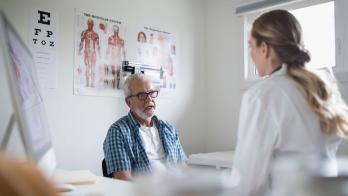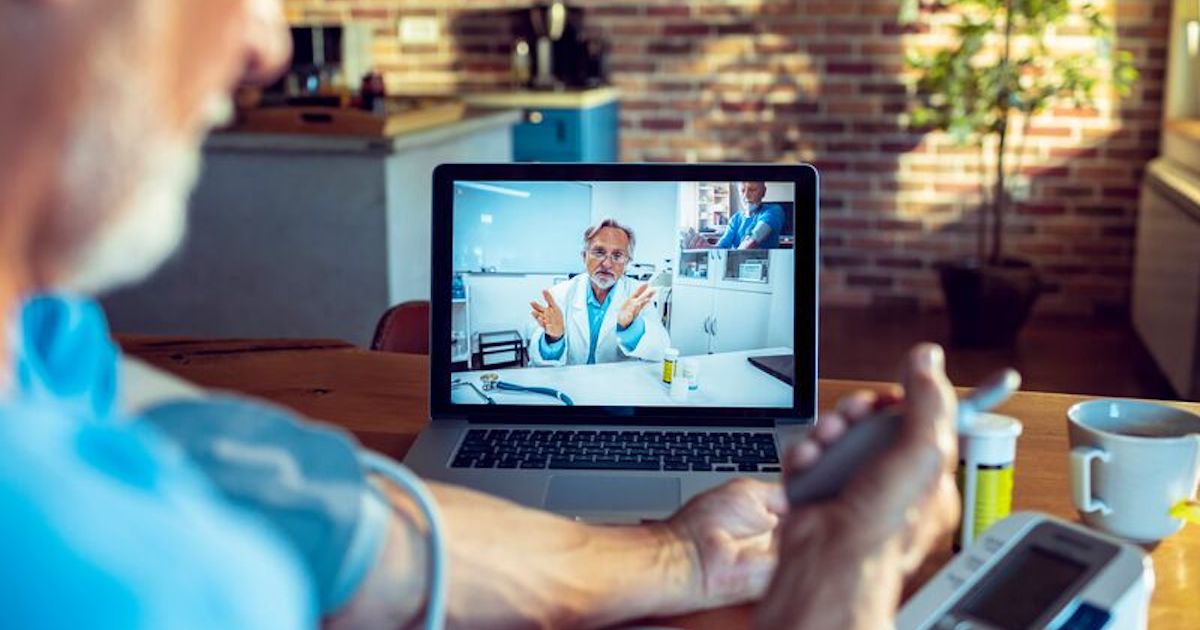
Photo: Gerber86/Getty Images
Digital health and telehealth have been around for some time, but it’s only with the COVID-19 pandemic that their adoption has made a big leap forward.
Used at the beginning of the pandemic mainly in the form of videoconferences and telemedicine, remote patient monitoring (RPM) is currently adopted by an increased number of physicians and sustained by several reimbursement policies issued by entities such as Centers for Medicare and Medicare Services (CMS).
Although currently experiencing accelerated development, RPM still has some challenges ahead that can be overcome by efforts from several players involved in the healthcare system, such as federal government, big tech companies, providers, physicians and patients.
What is the current status of RPM?
A report released in November 2020 indicated that by 2025 the RPM market is estimated to reach $117.1 billion compared to $23.2 billion last year. A survey from 2019 showed that 88% of the providers were analyzing or already implementing RPM solutions in their businesses.
The interest in and demand for these solutions have increased in the past two years, also due to pandemic, which prompted CMS to change its reimbursement policies in order to turn RPM into a more accessible solution.
A more recent survey, dated May 2021, indicated that 43% of clinics and hospitals interviewed believe that in the next five years in-person monitoring will be matched by remote patient monitoring, while 35% think RPM will surpass in-patient monitoring in the same time frame.
RPM solutions providers are creating easier-to-collect data from modern devices and applications. Smart wearables, tablets or smartphones are equipped with software that uses device sensors to send body data (such as heart rate or sleep patterns) directly to remote-monitoring platforms.
By connecting items such as blood glucose monitors or weight scales through Bluetooth technology to these platforms, a patient's data is transmitted automatically, rather than measured and entered manually in the platform by the patient.
These recent technologies enable providers to keep up to date with a patient's condition, with the changes that can occur in their disease evolution, and to make interventions that can decrease the number of visits to ER, reduce the rates of readmissions, and even save the lives of monitored patients.
Wireless medical devices such as smart stethoscopes are also used in RPM. In Europe, this type of stethoscope, sent to patients enrolled in telemedicine services, is used to detect, label and analyze pathological sounds present in the lungs during assisted self-examinations by patients.
These findings are then sent to a doctor, who evaluates them and decides if those patients can continue to be remotely supervised, or if they require an in-person visit to the doctor’s office. These smart stethoscopes enable the detection of early signs of respiratory issues in adults and children. In this way, these devices help prevent hospital overcrowding, decrease the risk of disease transmission and provide patients the care they need.
As for patients, their position regarding virtual care, RPM and health monitoring through tech devices has changed compared since the COVID-19 pandemic. A survey published in 2020 indicated that, although patients are still concerned regarding the use of their personal data and don’t have much trust in tech devices that monitor their health, 57% of respondents would agree to receive "remote monitoring of ongoing health issues through at-home devices" while 52% "would choose virtual for routine appointments."
The proven benefits of RPM
The benefits of remote patient monitoring have been proven by several studies and sustained by many surveys conducted in recent years.
1. Improving provided care and decreasing readmissions to hospitals
According to a study conducted in 2019 on 2,004 American adults, RPM provided better health outcomes for 49% of the respondents, and it prompted 42% of them to take ownership of their health. From the 100 physicians also included in the study, 68% stated they intend to use RPM in the future and 50% stated they believe technology has facilitated patients' wider access to health and fitness.
Reducing the number of hospital readmissions is one focus for several RPM platforms, and some of them manage to achieve significant milestones in this regard.
2. Impacting clinical trials
Vital to the drug-development process, clinical trials are sometimes faced with recruitment challenges. Participants don’t always meet the in-person visit requirements for periodic check-ins.
Remote patient monitoring would be able to collect more consistent data and enable trials to follow through. Data received on a regular basis from participants through RPM would be more accurate and less risky than in-person visits to locations where the trials are being conducted.
Accurate data can have a positive impact on the pharmaceutical industry, while remote collection of this data would keep the participants safe from COVID-19 danger.
3. Supporting telemedicine
Telemedicine visits can be complemented by remote patient monitoring, so enabling physicians to step in the moment a patient’s health shows concerning changes. For example, changes like heart rate oscillations after a new medication is taken may require an immediate telemedicine visit to check the patient’s wellbeing, to adjust medication, or to propose another treatment or a different set of actions.
The only downside spotted so far is that this combined utilization of RPM and telehealth might increase the physicians' or the providers’ workloads, an issue that needs to be addressed before going full scale with this approach.
4. Decreasing risks
Remote monitoring of health indicators such as blood sugar or heart rate can prevent patients affected by serious conditions from being hospitalized. By remotely tracking changes in important body signs, physicians and providers can take actions that decrease the risks of hospitalization.
One study published in August of last year and conducted for an eight-month period in 2020 indicated that, in the case of low-intensity monitoring of patients, a "multisite RPM program for management of acute COVID-19 illness is feasible, safe and associated with a low mortality rate."
What are the main challenges for RPM?
Some of the challenges most cited by physicians, clinicians and providers involved or interested in remote patient monitoring are:
- Payments rates are too low. According to some physicians, implementing RPM technology and conducting corresponding administrative tasks in many cases requires hiring additional staff, which increases their overhead.
- Many claims formulated by providers are rejected due to unclear specifications existing in the RPM reimbursement rules. The rules say, for example, that two healthcare providers cannot bill the same remote patient monitoring codes at the same time for the same patient. But according to health providers, these situations occur quite frequently with patients receiving remote care for different medical issues from different clinicians.
- The reimbursement rules are not structured enough to support the self-recording and transmission of vital signs and other body parameters by patients to RPM solutions providers, which means that at least a part of the costs for these services is transferred to the patient. This makes patients reluctant to enroll in this type of service.
- The fee-for-service reimbursement model cannot be applied to all RPM cases, because the value of this type of care is often visible over time, and not within the frame of the episode recognized by the model.
- The good news is that, compared to previous periods, new categories of reimbursement for digital healthcare services have become available or clearer.
What tech companies and marketers can do to increase RPM’s adoption
Tech companies can provide proper tools for disease management and disease-burden monitoring. They can do this through biomarker-based and research-supported medical solutions as well as through innovative technologies that would obtain FDA approval and would provide help to patients sooner rather than later.
Product managers and marketers have the tools and capacity to promote a RPM-ready mindset and culture by granting a "human face" to patients' digital experiences. They can also engage in outside-of-the box partnerships that would enable them to develop new technologies and launch cost-effective, innovative solutions to address patients’ needs for quality remote care.
Conclusion
Remote patient monitoring success requires a shift in patients, providers, payers and tech developers’ mindsets in order to create more cost-efficient solutions. What main players in the healthcare industry need to do next is make sure these solutions are fully and properly understood by patients.
Doing so enables patients to improve their health outcomes by taking ownership of their monitoring, while feeling fully confident in the remote technologies and smart devices that collect and send their data to clinicians or physicians via RPM platforms.
About the Author









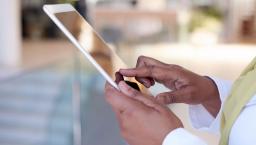
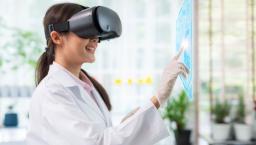
def4.jpg)


